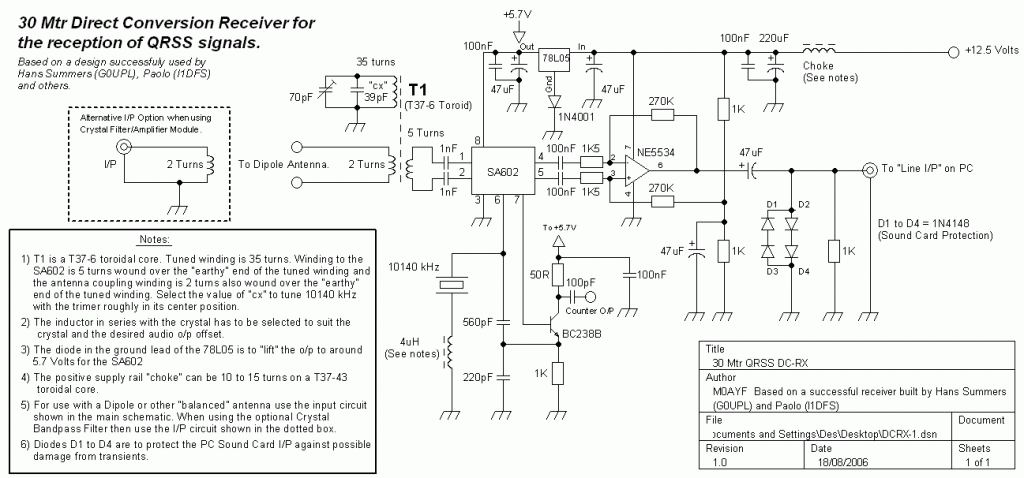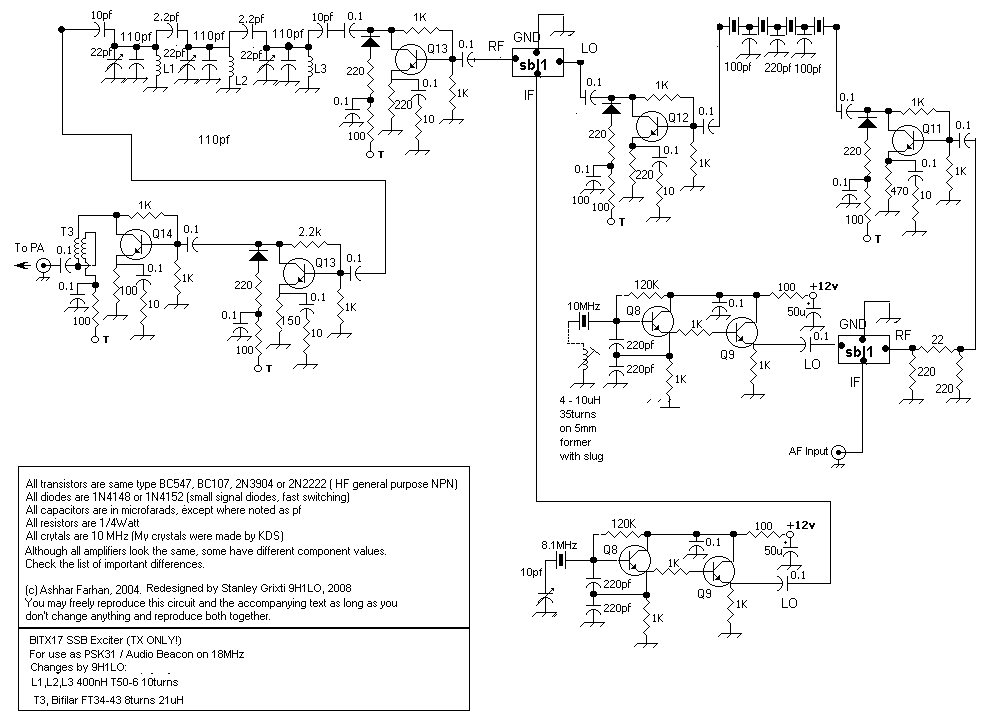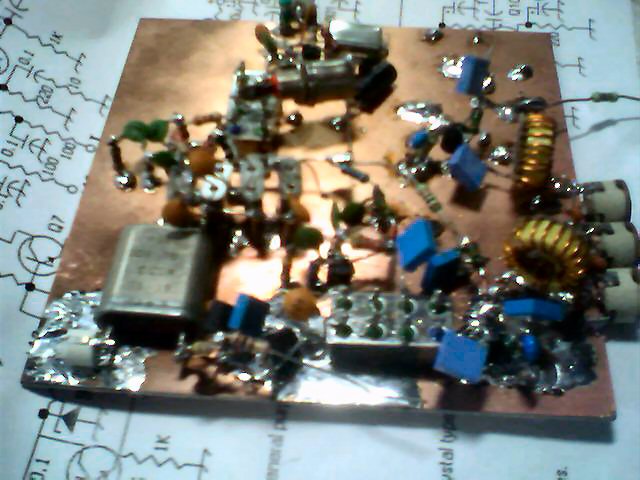DXSpider is Copyright © 1998-2007 by Dirk Koopman G1TLH. http://www.dxcluster.org
Purpose:
The purpose of the script is to extract the DXSpots from the DXSpider data files and write them into a MySQL database. This gives the facility of interfacing to the spots in many ways, mainly from a web interface, which was the main reason for developing this script.
MySQL offers a fast and query-based database that can also be accessed from logbook programs ect.
Prerequisites:
- Linux Operating System (Will probably work on Windows also)
- DXSpider
- Apache 2.2
- MySQL 5
- PHP5
Create the database schema:
mysql> CREATE DATABASE `dxcluster` ;
Create the tables:
CREATE TABLE `dxcluster`.`spots` (
`freq` DOUBLE( 12, 3 ) UNSIGNED NOT NULL ,
`dxcall` VARCHAR( 85 ) NOT NULL ,
`datetime` VARCHAR( 85 ) NOT NULL ,
`commets` VARCHAR( 100 ) NULL ,
`spotter` VARCHAR( 85 ) NOT NULL
) ENGINE = MYISAM
Now we create the scripts for datacollection:
Create a file called start.txt and newspots.dat
touch start.txt
touch newspots.dat
Now create a file called dxmysql.sh and insert the following:
i=$(cat /spider/data/spots/2008/start.txt)
doy=`date +%j`
v=`cat /spider/data/spots/2008/$doy.dat |wc -l`
sed -n "$i,$v p" /spider/data/spots/2008/$doy.dat > /spider/data/spots/2008/newspots.dat
let "v++"
echo $v > /spider/data/spots/2008/start.txt
mysql -u <mysqlusername> -p<mysqlpassword> -e "load data infile '/spider/data/spots/2008/newspots.dat' into table dxcluster.spots fields terminated by '^' lines terminated by '\n';"Now create a cron job (/etc/crontab) as follows:
0 0 * * * root echo "1" > /spider/data/spots/2008/start.txt
* * * * * root /spider/data/spots/2008/dxmysql.sh > /dev/nullPlease ensure that the DXSpider server is set to use UTC as timezone.
Upload the PHP scripts to your /var/www directory
You only need to edit the file clusterdb.inc.php to set your MySQL user and pass.
Now access http://your_site/cluster.php
This software is provided as-is and comes with no guarantees. It is provided under the Creative Commons licence. Please visit http://creativecommons.org/licenses/GPL/2.0/ for more details.
Please leave the “Powered by 9H1LO DX Engine” and link to www.9h1lo.net on the html pages.
New update for 2010. The dxmysql.sh script has been updated to support auto year change:
#!/bin/bash
year=`date +%Y`
i=$(cat /spider/data/spots/$year/start.txt)
doy=`date +%j`
v=`cat /spider/data/spots/$year/$doy.dat |wc -l`
sed -n "$i,$v p" /spider/data/spots/$year/$doy.dat > /spider/data/spots/$year/newspots.dat
let "v++"
echo $v > /spider/data/spots/$year/start.txt
mysql -u <USER> -p<PASS> -h <HOST> -e "load data local infile '/spider/data/spots/$year/newspots.dat' into table dxcluster.spots fields terminated by '^' lines terminated by '\n';"



















